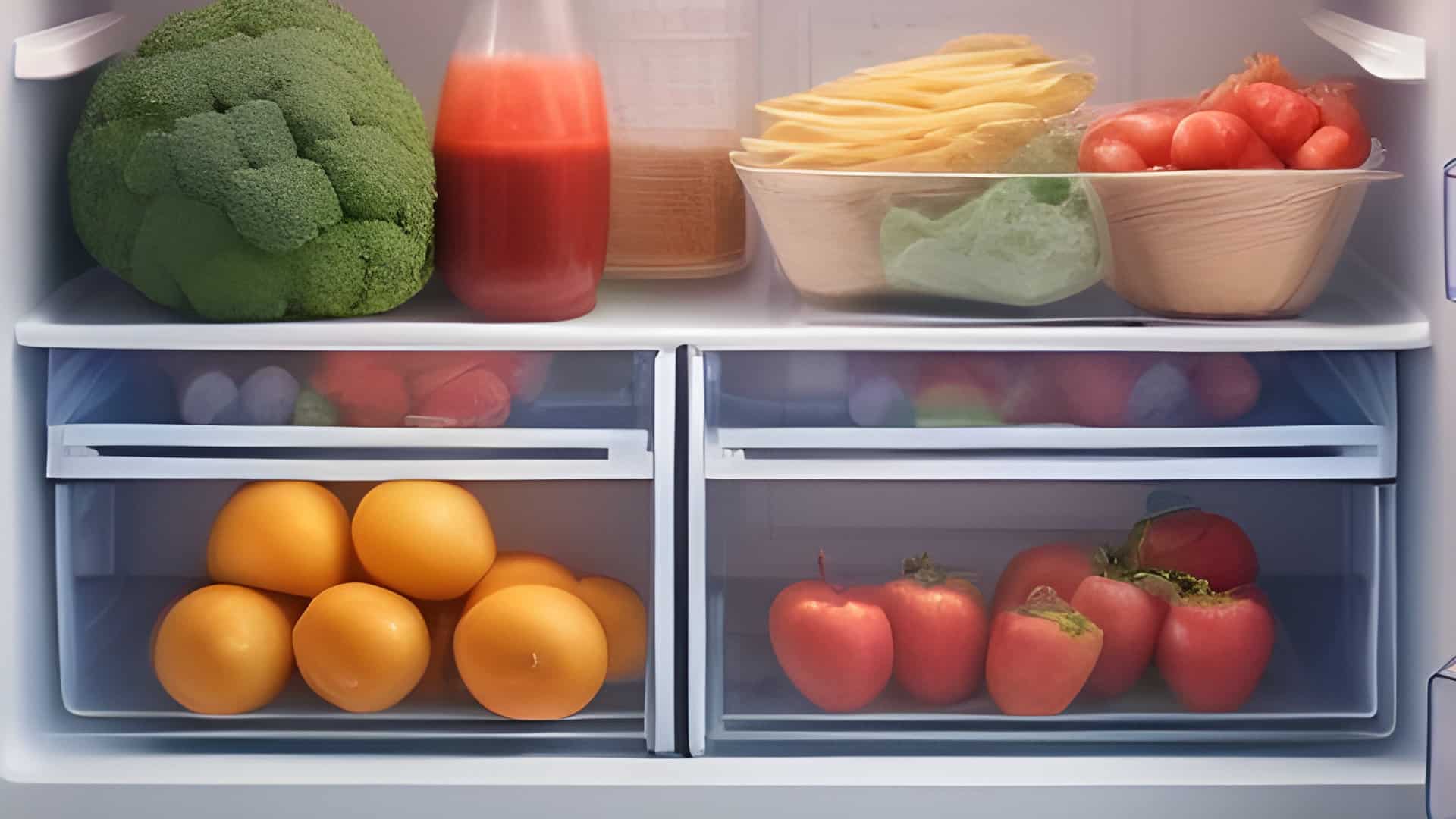Are you planning to move in the near future? Transporting boxes and small-to-mid sized furniture is relatively easy, but major household appliances like the washing machine can prove to be challenge. Whether you have an extra set of hands to help or not, the washing machine is a heavy, bulky item that’s awkward to carry. And to make matters worse, it contains water that may drip and damage your new home’s flooring.
Turn Off The Hot and Cold Water
One of the most common mistakes individuals and families make when moving washing machines is disconnecting the unit without turning off the water first. If the water is shut off to the home, leaving the hot and cold water valves turned on won’t cause any immediate issues. However, once the new homeowner or tenant reactivates the water service, it will flood the laundry room.
To prevent this from happening, turn the hot and cold water valves off (to your left). Make sure both valves are pushed as far as they will go the left, at which point you can disconnect your washing machine from the water lines. Leave the power cable connected for now, because you’ll need power for the next step.
Rinse Your Washing Machine
After you’ve turned off the water and disconnected your unit from the water lines, you should run your washing machine on the rinse cycle for about 60 seconds. This will flush out any remaining water that’s inside your drain hose – water that may otherwise spill when you transport the unit. Turn your washing machine to the spin cycle for an additional minute or so help drain any excess water.
Unplug The Power Cable and Disconnect The Drain Hose
You are now free to unplug the power cable and disconnect the drain hose. It’s recommended that you tape them both to the back of your washing machine. Place them as high up on the washing machine as possible and stick a piece of electrical or duct tape across to secure them in place. This will prevent the power cable and drain hose from getting in your way when you move the washing machine.
Lastly, be sure to bring the floor leveling discs with you. Depending on your washing machine’s design, these discs may or may not be attached to the legs. Check to make sure the leveling discs are attached, and if they aren’t, pick them up and bring them with you.

How to Fix the nF Error Code on a Samsung Washer

Kenmore Elite Dryer Issues: How To Troubleshoot

Microwave vs. Oven: Pros and Cons and How They Differ

Self-Cleaning Oven Smell: Causes & Odor Reduction Tips

Frigidaire Ice Maker Not Working? 7 Ways to Fix It

Why Is Your LG Refrigerator Not Cooling? (9 Common Reasons)

GE Oven F2 Error: Causes & Solutions

How to Reset the Water Filter Light on a Samsung Refrigerator

Maytag Washer Showing F5 Error Code? Here’s What To Do







